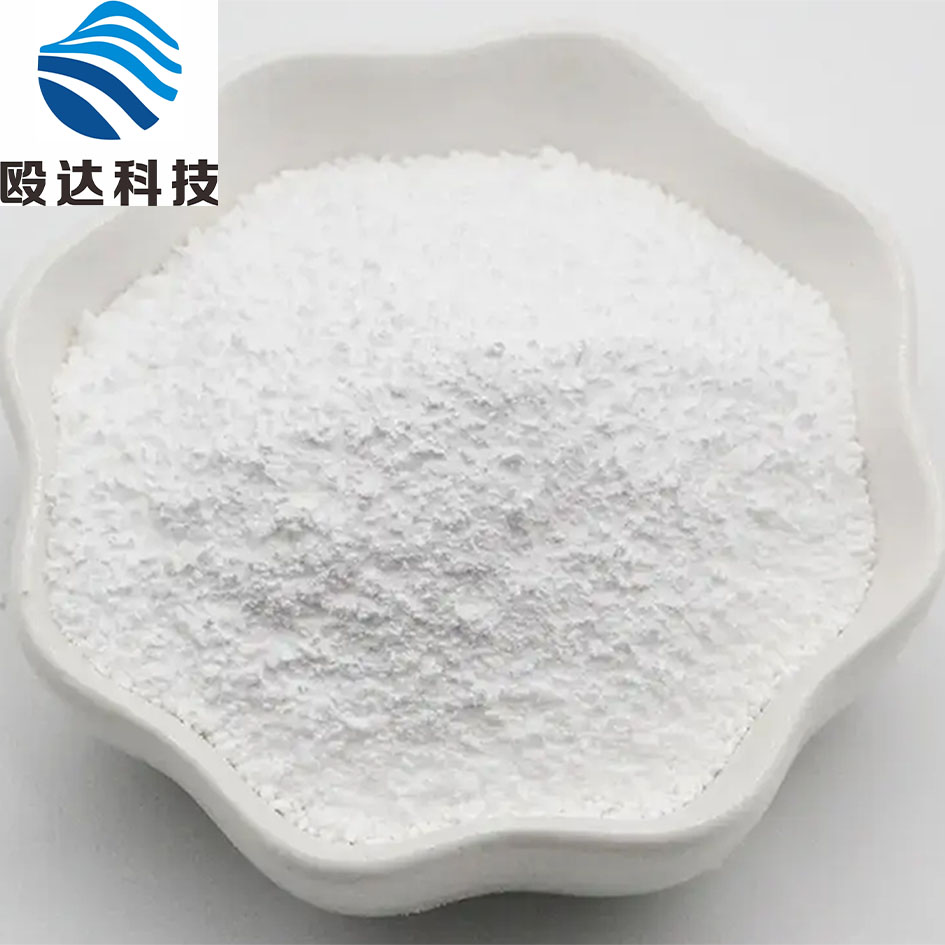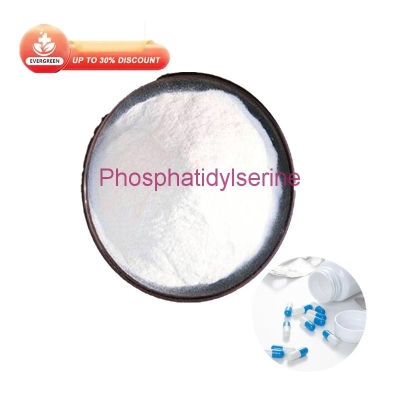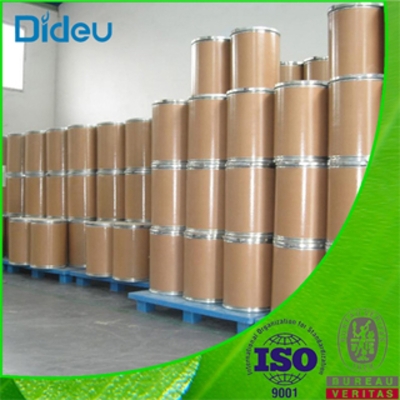-
Categories
-
Pharmaceutical Intermediates
-
Active Pharmaceutical Ingredients
-
Food Additives
- Industrial Coatings
- Agrochemicals
- Dyes and Pigments
- Surfactant
- Flavors and Fragrances
- Chemical Reagents
- Catalyst and Auxiliary
- Natural Products
- Inorganic Chemistry
-
Organic Chemistry
-
Biochemical Engineering
- Analytical Chemistry
- Cosmetic Ingredient
-
Pharmaceutical Intermediates
Promotion
ECHEMI Mall
Wholesale
Weekly Price
Exhibition
News
-
Trade Service
Ledipasvir intermediates are essential components in the production of the antiviral drug ledipasvir, which is used to treat hepatitis C.
The synthesis of ledipasvir intermediates involves a series of chemical reactions that convert starting materials into the desired intermediate Products.
In this article, we will discuss the synthetic routes of ledipasvir intermediates in the chemical industry.
- Conversion of 2-Chloro-4-(1H-pyrrol-1-yl)butyric acid to 2-Chloro-4-(1H-pyrrol-1-yl)but-2-enoic acid
The first step in the synthesis of ledipasvir intermediates involves the conversion of 2-chloro-4-(1H-pyrrol-1-yl)butyric acid into 2-chloro-4-(1H-pyrrol-1-yl)but-2-enoic acid.
This conversion can be achieved through a variety of methods, including hydrolysis and esterification.
In hydrolysis, the 2-chloro-4-(1H-pyrrol-1-yl)butyric acid is treated with water and a strong acid catalyst, such as sulfuric acid, to form the desired product.
In esterification, the 2-chloro-4-(1H-pyrrol-1-yl)butyric acid is treated with an alcohol, such as ethanol, and a strong acid catalyst, such as sulfuric acid, to form the desired product.
- Conversion of 2-Chloro-4-(1H-pyrrol-1-yl)but-2-enoic acid to 2-Chloro-4-(1H-pyrrol-1-yl)but-2-ol
The second step in the synthesis of ledipasvir intermediates involves the conversion of 2-chloro-4-(1H-pyrrol-1-yl)but-2-enoic acid into 2-chloro-4-(1H-pyrrol-1-yl)but-2-ol.
This conversion can be achieved through a variety of methods, including hydrolysis and esterification.
In hydrolysis, the 2-chloro-4-(1H-pyrrol-1-yl)but-2-enoic acid is treated with water and a strong acid catalyst, such as sodium hydroxide, to form the desired product.
In esterification, the 2-chloro-4-(1H-pyrrol-1-yl)but-2-enoic acid is treated with an alcohol, such as methanol, and a strong acid catalyst, such as hydrochloric acid, to form the desired product.
- Conversion of 2-Chloro-4-(1H-pyrrol-1-yl)but-2-ol to 2-Chloro-4-(1H-pyrrol-1-yl)butan-2-ol
The third step in the synthesis of ledipasvir intermediates involves the conversion of 2-chloro-4-(1H-pyrrol-1-yl)but-2-ol into 2-chloro-4-(1H-pyrrol-1-yl)butan-2-ol.
This conversion can be achieved through a variety of methods, including reduction and hydrolysis.
In reduction, the 2-chloro-4-(1H-pyrrol-1-yl)but-2-ol is treated with a reducing agent, such as lithium aluminum hydride, to form the desired product.
In hydrolysis, the 2-chloro-4-(1H-pyrrol-1-yl)but-2-ol is treated with water and a strong acid catalyst, such as sulfuric acid, to form the desired product.
- Conversion of 2-Chloro-4-(1H-pyrrol-1-yl)butan-2-ol to 2-Chloro-4-(1H-pyrrol-1-yl)butan-1-ol
The fourth step in the synthesis of ledipasvir intermediates involves the conversion of 2-chloro-4-(1H-pyrrol-







